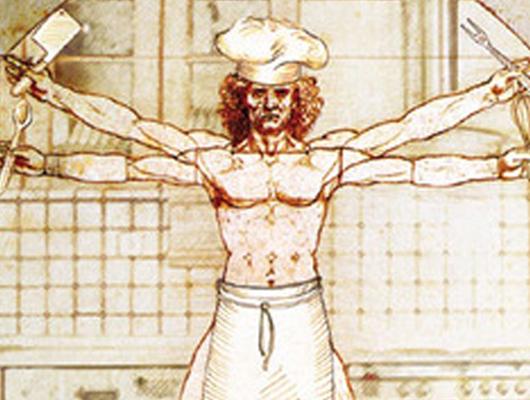He is perhaps the most famous Italian that has ever lived. While most people are familiar with his well-known artworks such as La Gioconda (or ‘Mona Lisa’ as it’s known in English) and the geometrical Vetruvian man, not many know that Leonardo Da Vinci was also a passionate restaurateur and spent over 30 years of his life at the helm of the ‘Food & Beverage’ team of a Milanese royal court. Additionally, entire volumes of his personal recipes and tips for cooking and kitchen management have been discovered alongside his other work.
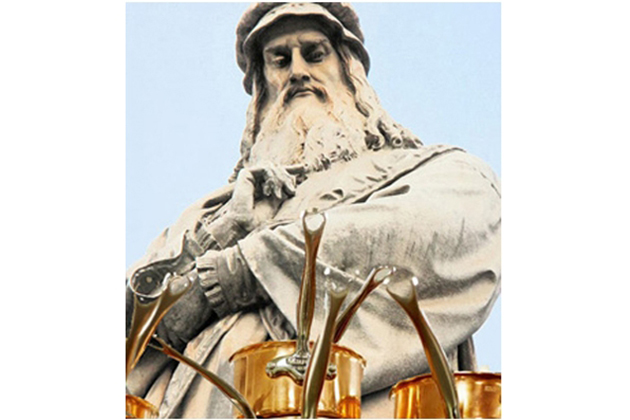
Many scholars believe that the mysterious Romanoff Code, a collection of documents which is believed to be kept in Russia at the Hermitage Museum (although no official institution can locate it!) can be attributed to Da Vinci and it is within these writings that his recipes, thoughts on dining etiquette and inventions for devices to reduce labor during food preparation are said to have been discovered.
Before Gordon Ramsay ...
Da Vinci’s first formal foray into the culinary world was working as a cook and errand boy at a tavern in Florence called Tre Lumache (‘Three Snails’) on the famous Ponto Vecchio. But, as with many of us who start out working for others in a field with which we are enamored, Da Vinci went on to open his own restaurant, Le Tre Rane di Sandro e Leonardo ('Three Frogs by Sandro and Leonardo’) in partnership with good friend, the artist Sandro Botticelli.
Food & Beverage too…?
So impassioned was he by the culinary arts, that for 30 odd years Da Vinci held the title of ‘Gran Maestro di feste e banchetti’ (Great master of celebrations and banquets) at the royal courts of the Sforza family of Milan who ruled Italy during the Renaissance.
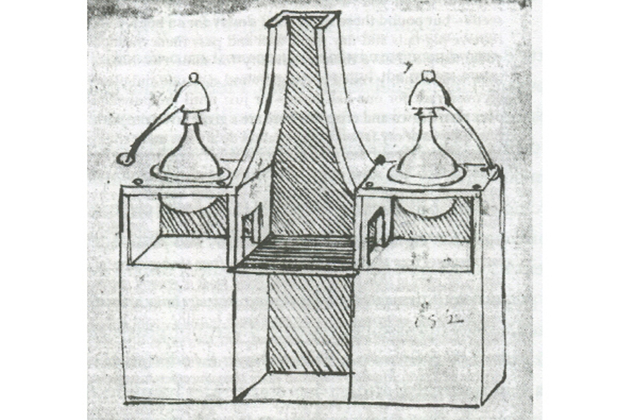
During his time with the Sforzas, Da Vinci was extremely productive in his creative output relative to culinary pursuits. Although the exact date is not known, Da Vinci designed what he call his ‘Revolutionary Sideboard’ (pictured above*) for the wife of the Duke of Milan, Ludovico Sforza, Beatrice d’Este, which was a type of buffet station which had built-in containers for wine and orange juice gelato on either side of a central hot plate.
To think that today’s modern buffet set-ups are simply more elaborate versions of this ingenious concept is truly humbling. What Da Vinci designed was essentially what we now call a Coffee Break-out; a buffet station which has interchangeable functions for the warm-holding of tea and coffee, cold-holding of juice and other beverages and warming functions to serve cakes and pastries.
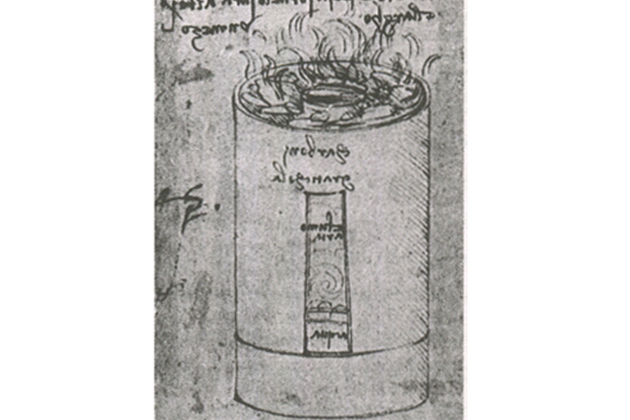
Later, in 1491, Da Vinci designed a wood-fired barbeque (pictured above*) for the Duke himself Ludovico Sforza which is essentially the same model of barbeque that is still produced today in Italy.
Possibly the greatest feat to come out of his stint as the Sforza’s F&B Manager was the Ultima Cena (‘Last Supper’) painting, arguable one of the world's most famous paintings. It was commissioned by the Duke Ludovico Sforza and curiously, the small vineyard with which Sforza paid Da Vinci for the Last Supper is located right next to the location where the painting finally came to rest (and where it can still be viewed today), in the Convent of Santa Maria delle Grazie in Milan. The vineyard was recently restored in time for EXPO 2015, re-planted using the original Malvasia grape varieties, which were found, having survived various wars and fires. So perhaps we can also add enologist to Da Vinci’s now long list of professions…
Suffice to say that throughout his life, Da Vinci was a consummate jack-of-all-trades and certainly, he was capable of performing each and every task he undertook at a ‘professional’ level such was his incredible aptitude and talent. But here at La Tavola, we like to think that cooking and the kitchen itself held a special place in his heart, surrounded by bon vivants as he was. He would have been proud to know that his buffet, created all the way back in the 1400s, has been honed, refined and is still in use today in hotels the world over!
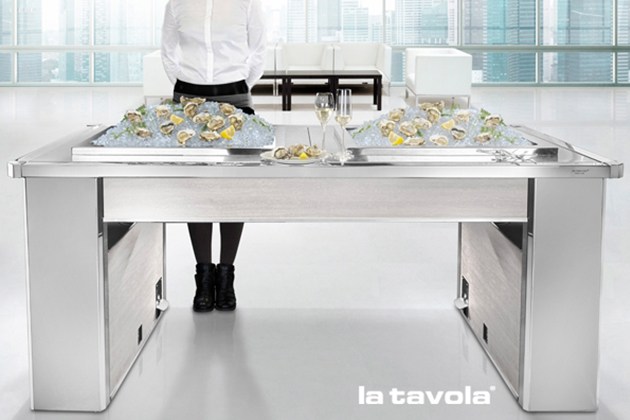
La Tavola is certainly proud to follow in the footspteps of this great master, and we're constantly updating and improving upon our buffet concepts, capturing what we believe is the true Italian spirit of creativity and innovation. In fact, our new Modular Line catalogue is about to launch so stay tuned until next time!

